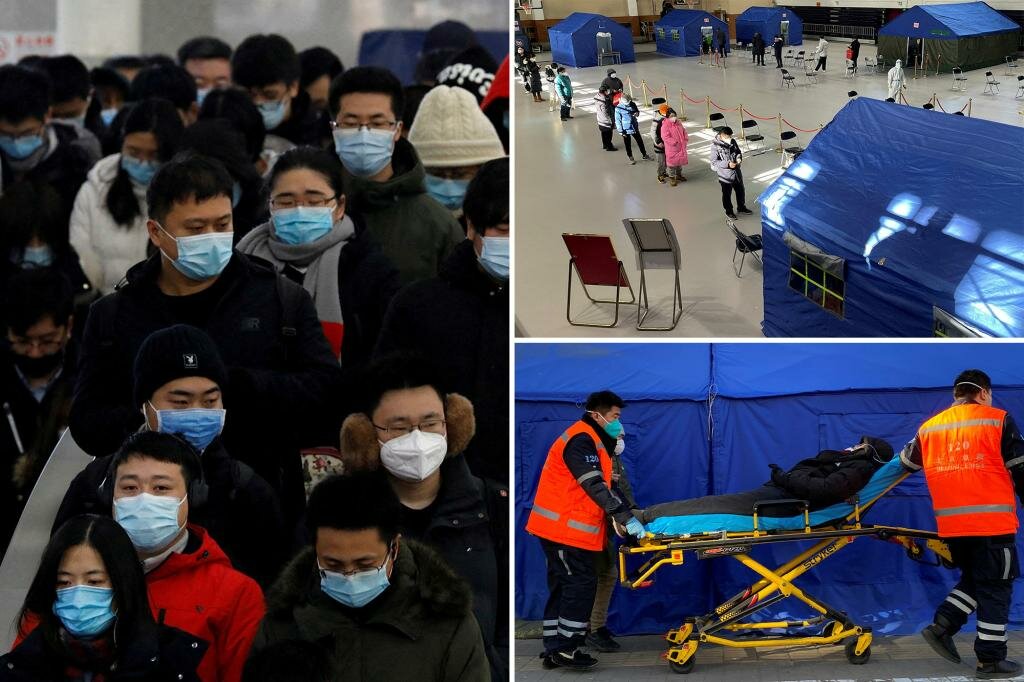China estimates 37 million infected with COVID in one day
About 37 million people may have contracted COVID-19 in China earlier this week, making the country’s viral outbreak the largest in the world. Minutes of an internal meeting of the National Health Commission (NHC) showed that 248 million people – about 18% of China’s population – came down with the virus in the first 20 … Read more





